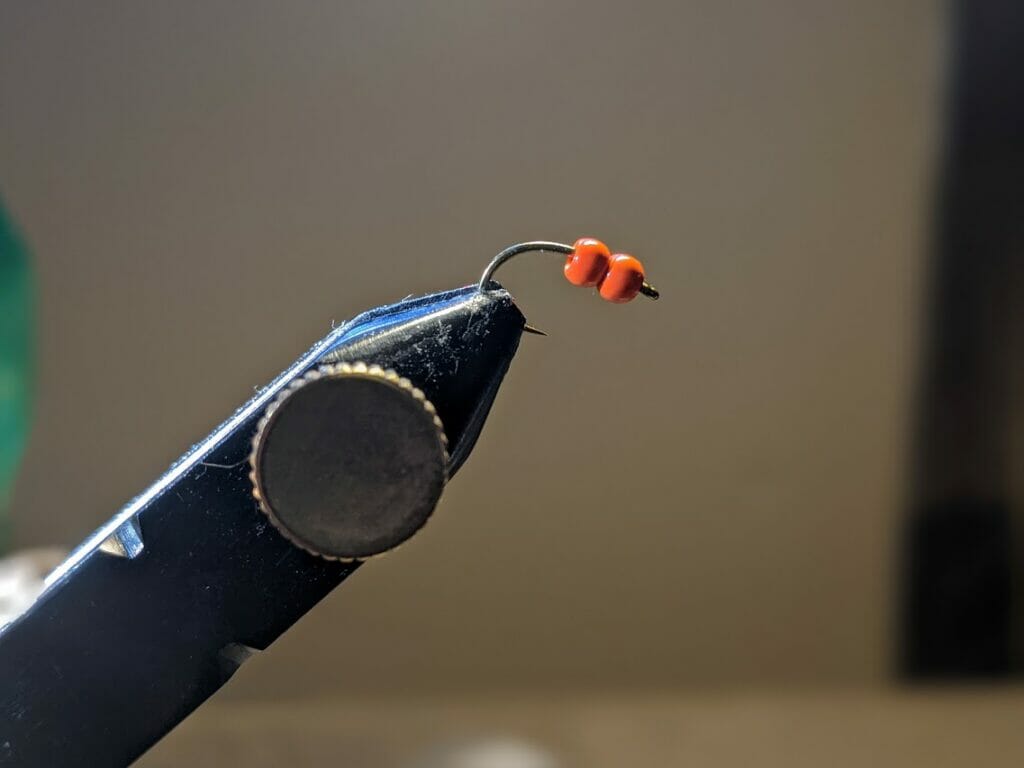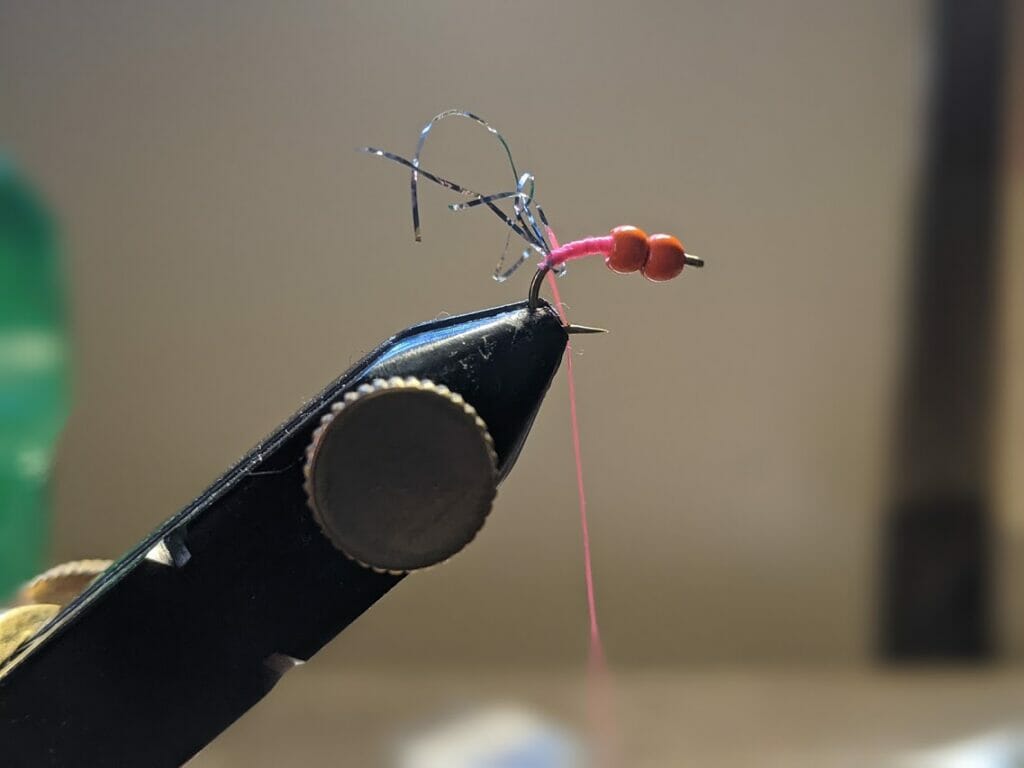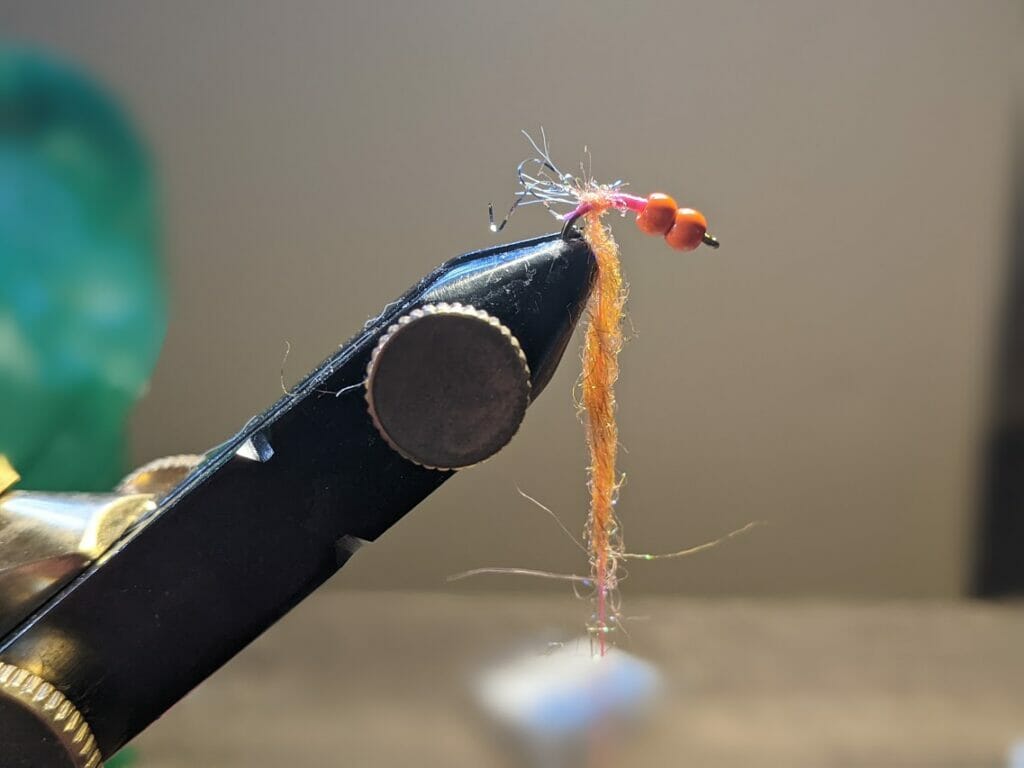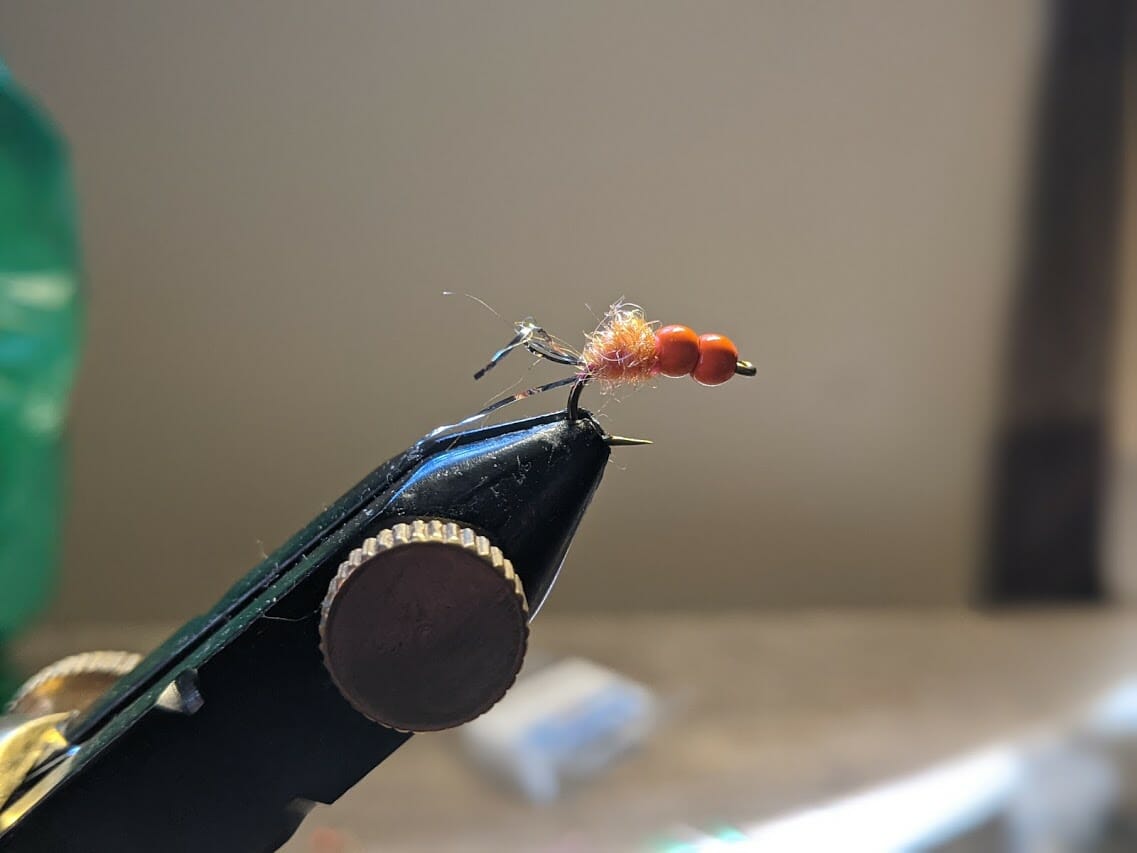In just a few weeks, spring spawning trout, whitefish and suckers will migrate and begin clearing redds in rivers and streams all over America. Between late February and even into June or July at higher elevations, there will be eggs in the water, and that means predatory trout and char will be on the prowl.
Fly fishers have a love-hate relationship with egg patterns (just as they do with worm patterns), but there’s no denying that egg flies work well during the spring and fall spawning seasons in trout rivers all over the country, because they imitate a natural food source that provides a generally easy meal for trout on the prowl.
From Glo-bugs to pegged beads, fly anglers have their pick when it comes to egg patterns to use when chasing egg-munching fish. I have taken to fishing a simple-to-tie egg pattern during the spring rainbow spawn on the South Fork and the Henry’s Fork here in eastern Idaho, and I use almost the exact same pattern, with slight color variation, during the sucker spawn on my favorite cutthroat stream in mid- to late June.
I call it the Ruptured Egg Cluster, and it’s literally a five-minute tie at the vise — it’s super easy.

Start with a size 10 to 14 nymph hook or caddis hook (I like bend in the Mustad C49S caddis hook), and slide two ⅛-ounce brass beads in either orange or pink onto the hook ensuring the small opening is facing the hook eye.
Then, using pink or orange tying thread — I use 140 denier Ultra Thread in bright pink — start tying right behind the second bead and cover the back half of the hook to just above the bend. Take a strand of tinsel (you can use polar flash, but I prefer tinsel, and I’ll explain why shortly), fold in twice and crimp the loops. Tie the tinsel in at the crimped loops and wrap forward toward the second bead.

Here’s why I like the tinsel: grip the tinsel using your left thumb and forefinger, and pinch the tinsel tight using your thumbnail. Slide your nail along the tinsel. This will cause the tinsel to kink and curve. Then cut the tinsel, leaving behind about a quarter of an inch of bunched-up, twisty-turny tinsel.

Then, grab a modest amount of orange ice dubbing — I use Hairline Dubbin’s UV Shrimp Pink — and build a dubbing noodle about an inch long. Wrap the noodle between the tinsel bunch and the second bead, building up a nice little ball of dubbing. Tie it firmly behind the second bead so it prevents the bead from sliding, and then, after a five- or six-turn whip finish, you’re done. You can add a little cement behind the second bead, but if your whip finish is solid, it’s unnecessary.
The result is a durable little egg fly that looks like a cluster of eggs, but with one of the eggs ruptured — the tinsel provides some great flash and is meant to imitate the goo that flows out of ruptured trout, sucker or whitefish egg.
Like I said, it’s super-easy. If you’re looking for a great pattern to use during the coming spring spawn, this is a good one to try.



